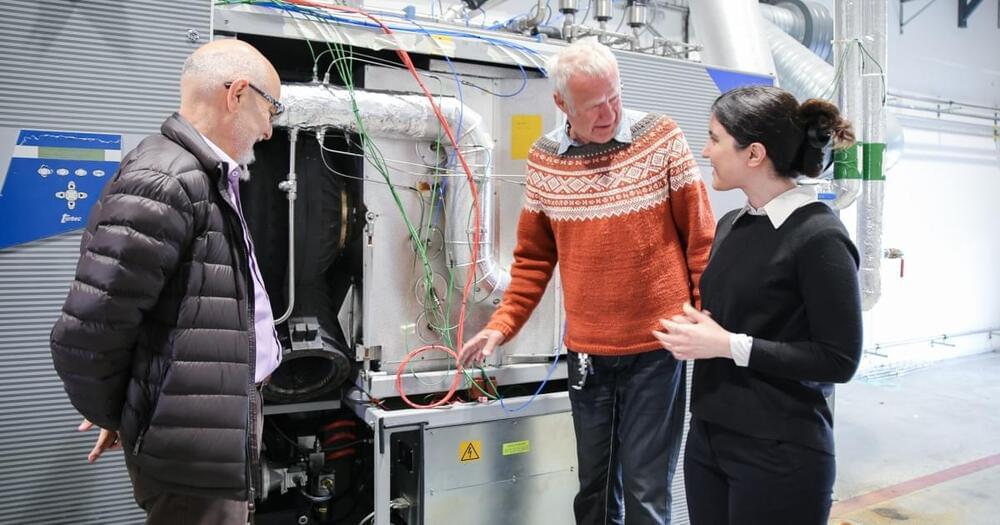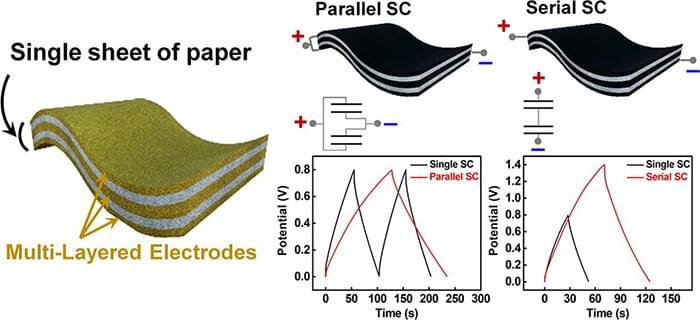Huc enzyme means ‘sky is quite literally the limit for using it to produce clean energy,’ researchers say.




University of Stavanger operates a micro gas plant in south-west Norway. The gas turbine produces both heat and electricity. It also supplies hot water for heating the laboratory buildings in the immediate area. In addition, surplus energy is supplied to power provider Lyse’s district heating and electricity grids. All energy is used efficiently.
The researchers have been working on developing a method for using pure hydrogen as fuel in the gas turbine. The goal is to produce electricity with zero CO2 emissions. In mid-May 2022, an important milestone was reached. They started running the turbine on 100 percent hydrogen.
Researchers at the University of Stavanger (UiS) have managed to run a gas turbine on 100 percent hydrogen.

Scientists have discovered a new material that could be set to change the entire world. Researchers say they have created a superconducting material that works at both a temperature and a pressure low enough to actually use it in practical situations. It reaches a breakthrough that scientists have been chasing for more than a century, in making a material that is able to transmit electricity without resistance, and pass magnetic fields around the material.

The system dramatically reduces the environmental footprint and improves compatibility with other sea uses.
In a boost to further wind energy generation, the world’s only floating wind platform currently installed with a tension leg platform (TLP) mooring system has kickstarted its operations with the production of its first kWh. The facility developed by X1 Wind, a floating wind technology developer based in Barcelona, is anchored in the Canary Islands, which is situated near Spain.
Its X30 floating wind prototype’s TLP system dramatically reduces the environmental footprint and improves compatibility with other sea uses.
X1 Wind.

Wearable devices such as smartwatches, fitness trackers, and virtual reality headsets are becoming commonplace. They are powered by flexible electronics that consist of electrodes with plastic or metal foil as substrates. However, both of these come with their own drawbacks. Plastics suffer from poor adhesion and low durability, while metal foils make the devices bulky and less flexible.
In light of this, paper is a promising alternative. It is porous, light, thin, foldable, and flexible. Moreover, paper has randomly distributed fibers that provide a large surface area for depositing active electrode material, making for excellent electrochemical properties.
Accordingly, researchers have developed various paper-based supercapacitors, devices that store electric charge and energy, by stacking multiple sheets, acting as positive and negative electrodes and separators. However, such an arrangement increases device size and resistance. In addition, they tend to form creases, peel off, and slip over each other, which further deteriorate device performance.
HRL Laboratories, LLC, has published the first demonstration of universal control of encoded spin qubits. This newly emerging approach to quantum computation uses a novel silicon-based qubit device architecture, fabricated in HRL’s Malibu cleanroom, to trap single electrons in quantum dots. Spins of three such single electrons host energy-degenerate qubit states, which are controlled by nearest-neighbor contact interactions that partially swap spin states with those of their neighbors.

